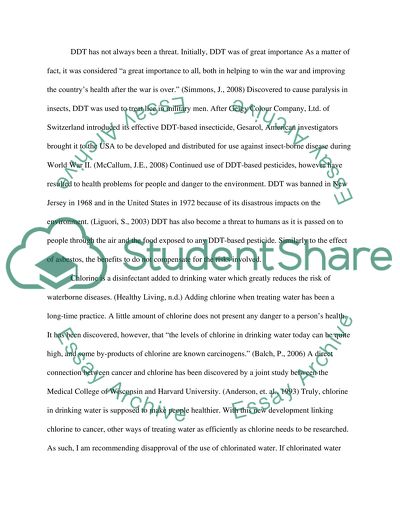Cite this document
(Safe Drinking Water Assignment Example | Topics and Well Written Essays - 1750 words, n.d.)
Safe Drinking Water Assignment Example | Topics and Well Written Essays - 1750 words. Retrieved from https://studentshare.org/environmental-studies/1562335-human-health-and-environment
Safe Drinking Water Assignment Example | Topics and Well Written Essays - 1750 words. Retrieved from https://studentshare.org/environmental-studies/1562335-human-health-and-environment
(Safe Drinking Water Assignment Example | Topics and Well Written Essays - 1750 Words)
Safe Drinking Water Assignment Example | Topics and Well Written Essays - 1750 Words. https://studentshare.org/environmental-studies/1562335-human-health-and-environment.
Safe Drinking Water Assignment Example | Topics and Well Written Essays - 1750 Words. https://studentshare.org/environmental-studies/1562335-human-health-and-environment.
“Safe Drinking Water Assignment Example | Topics and Well Written Essays - 1750 Words”, n.d. https://studentshare.org/environmental-studies/1562335-human-health-and-environment.


